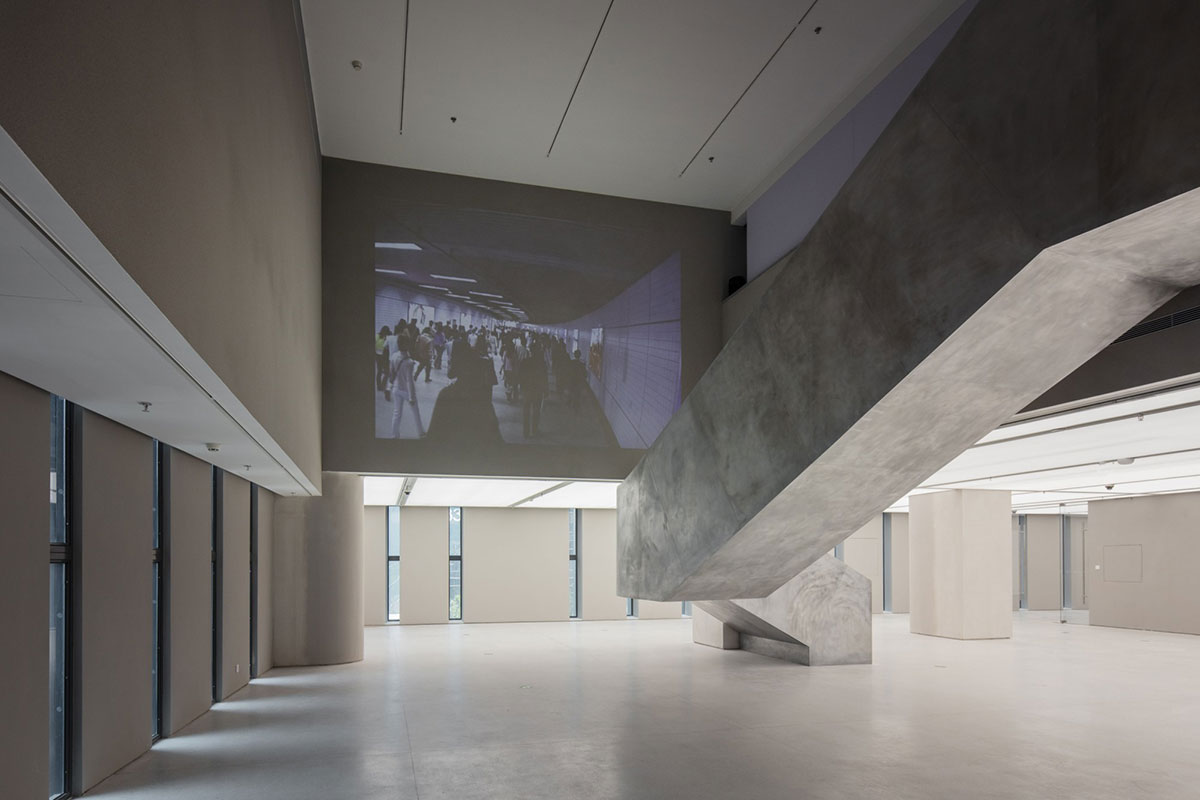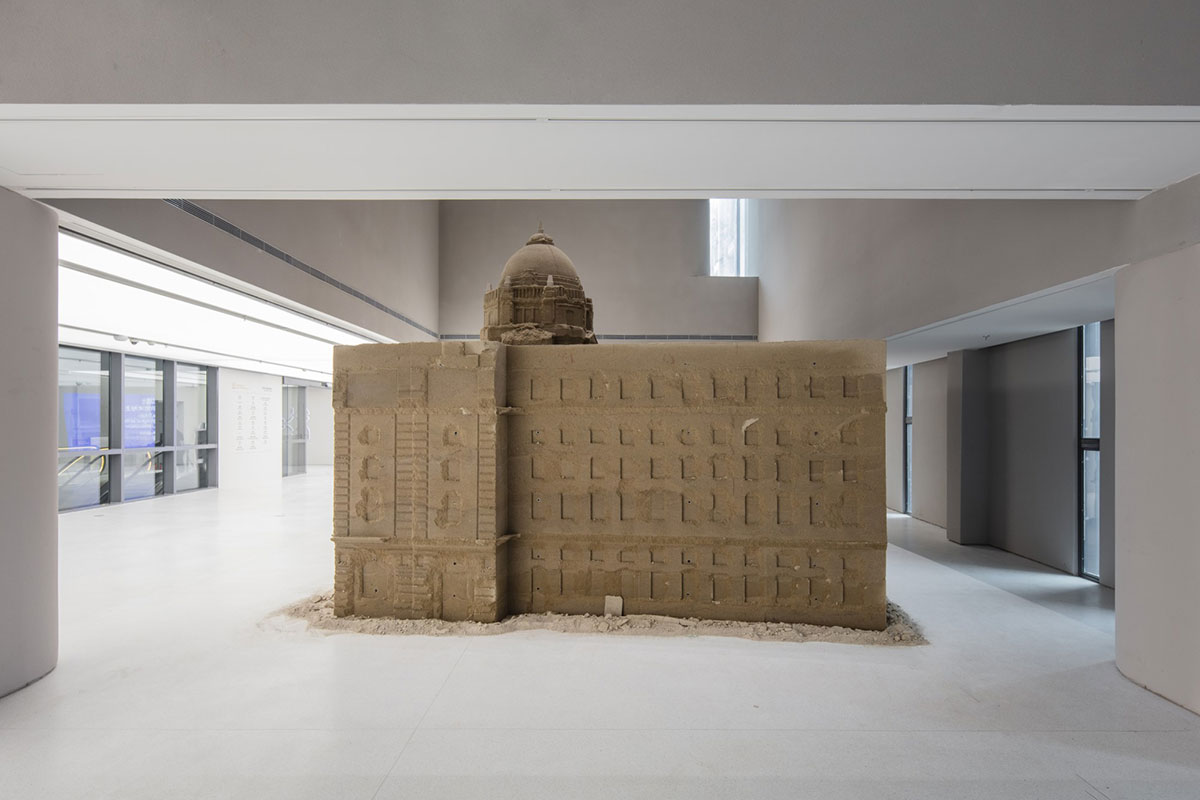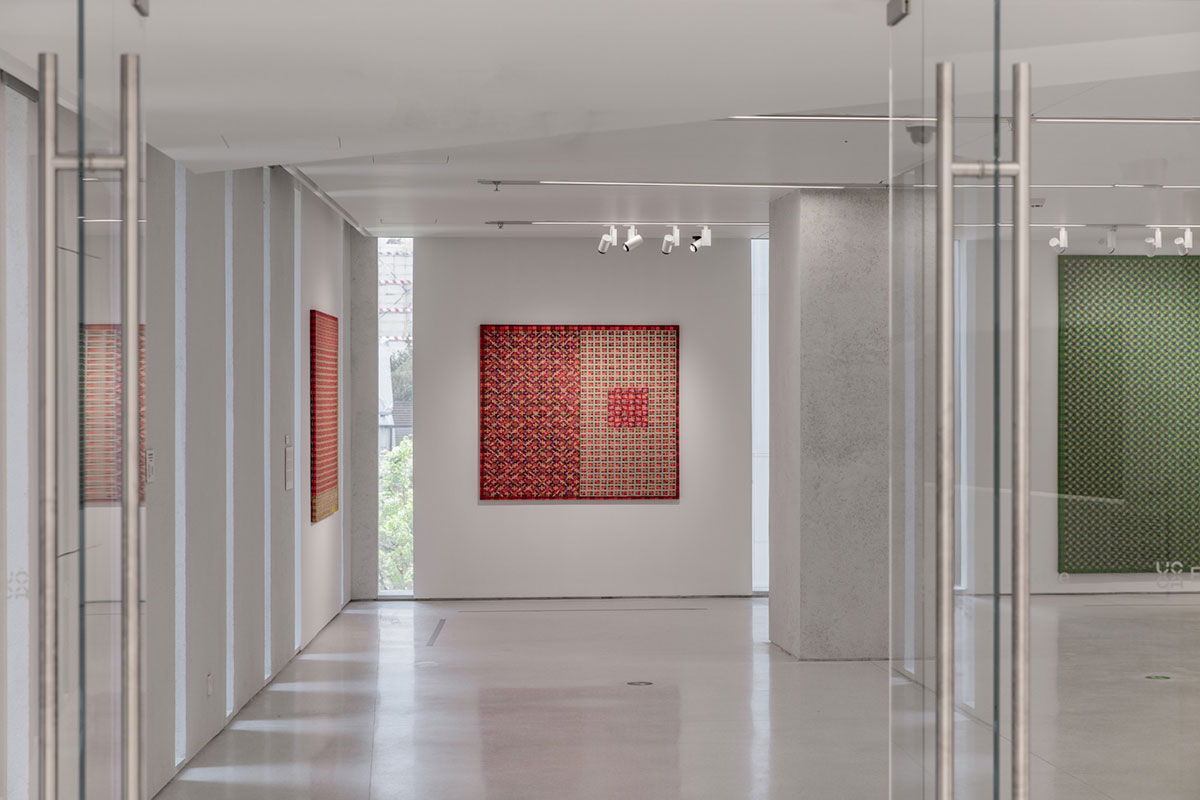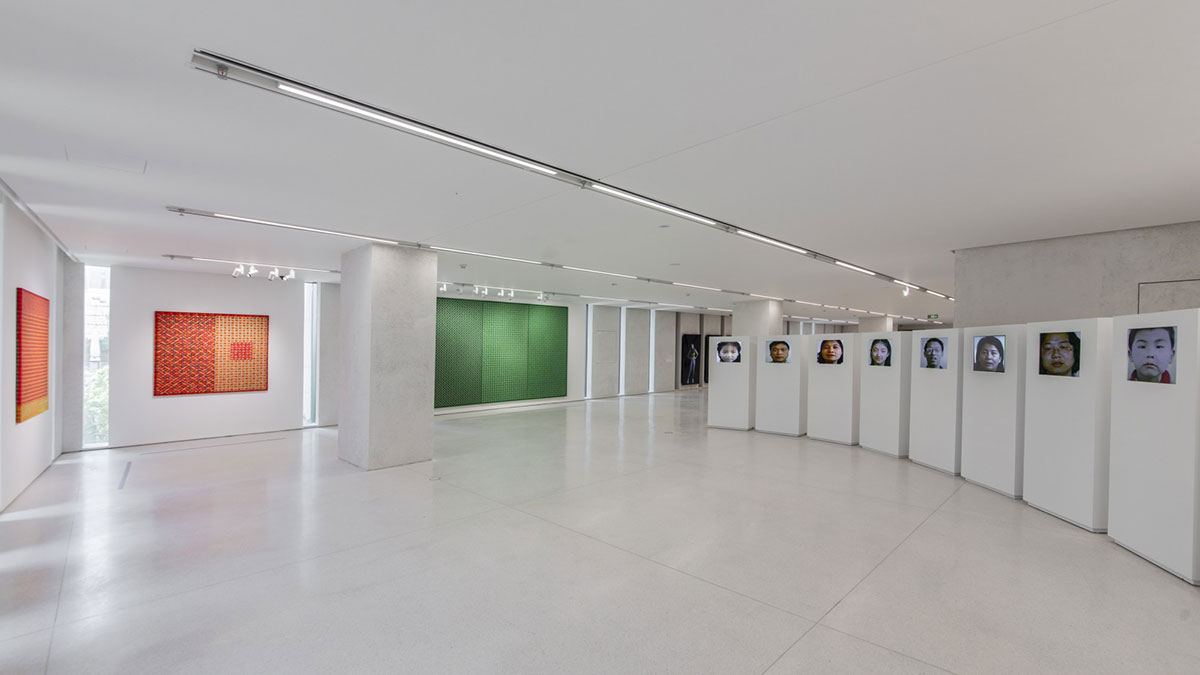ART-PRESENTATION: City On The Edge
 The exhibition “City on the Edge: Art and Shanghai at the Turn of the Millennium” inaugurates the opening of UCCA Edge . This exhibition looks to Shanghai at the juncture when China’s art world came to envision itself as part of a global contemporary, bringing together new and important works by 26 major Chinese and international artists, many with deep connections to UCCA and the development of contemporary art in China.
The exhibition “City on the Edge: Art and Shanghai at the Turn of the Millennium” inaugurates the opening of UCCA Edge . This exhibition looks to Shanghai at the juncture when China’s art world came to envision itself as part of a global contemporary, bringing together new and important works by 26 major Chinese and international artists, many with deep connections to UCCA and the development of contemporary art in China.
By Efi Michalarou
Photo: UCCA Edgee Archive
In China in and around the year 2000, amidst emerging markets, reforming institutions, and artist-led organizations, a slate of exhibitions occurred that would expand the range of possibilities for experimental art in a city on the verge of a new international centrality. New art took root everywhere, from industrial warehouses to municipal museums, from retail space in unopened shopping malls to the opening ceremony of a major international summit. Two decades later, the exhibition “City on the Edge: Art and Shanghai at the Turn of the Millennium” situates itself in the city’s multiplicitous cosmopolitan history, reflecting on the rapidly transforming urban fabric and the generative development in contemporary art. The monumental “Bank of Sand, Sand of Bank” (2000) by Huang Yong Ping epitomizes the symbolic social and economic transformation of Shanghai from its semi-colonial past to modern international metropolis. The giant, disintegrating sand sculpture of the 1923 HSBC headquarters on the Bund occupied a central position at the 2000 Shanghai Biennale, held in the Shanghai Art Museum, which at that time occupied the former Shanghai Race Club. The architect Yung Ho Chang is represented by an updated version of the work he originally presented in 2000, diagramming at life size the living space of a typical Shanghai lane house. Matthew Barney returns to UCCA Edge with one of his recent water cast sculptures “Khepera” (2016/2021), surrounded by a suite of electroformed copper etchings. Likewise, William Kentridge is represented here by a new video work “Sibyl” (2020), which continues to explore the themes of memory and movement that have been constant in his work. He Yunchang’s repetitive but futile gesture by the banks of Suzhou Creek, as recorded in “River Document, Shanghai” (2000), suggests an alternative way of assimilating into the times and the fluidityof his environment. Tracking the daily transformation in the bustling cosmopolis three “Appearances of Crosses” paintings (2000) by Ding Yi not only marks an important break in the artist’s stylistic development, but also changes in the register of the city as it glowed brighter and brighter under ever-growing highways and billboards. Under the backdrop of a concrete jungle, Yang Fudong’s “Flutter, Flutter…Jasmine Jasmine” (2002) offers a dreamy vision of two young lovers proclaiming their desire for each other and looking headlong into the future. In contrast, Liang Yue’s “Blindsweet” (2003) drifts between subjective imagination and hope that appears to be out of reach. In “Disinfect” (2015) Yang Zhenzhong urbanites from different walks of life perform their anguish for the camera, only to be muted and contorted by the slowed down playback speed until they become alienated objects under the audience’s gaze. The concurrent transformations in the urban fabric of Shanghai were captured in the photography of artists including Birdhead. Ji Weiyu, and Greg Girard. Birdhead’s photographs come from their on-going project documenting urban conditions in a post-industrial neighborhood in Pudong in the early 2000s, presented here in one of their signature assemblages, with the characters for “youth” carved atop. Five images from Girard’s “Phantom Shanghai” series (2001-06) show the last standing houses in old neighborhoods then being demolished to make way for new developments. The new opportunities made available to Chinese artists as emerging wealth brought creativity into contact with commerce are the subject of Yan Lei’s subtle critique in seven paintings that form his conceptual gambit “The Fifth System” (2004). The turn of the millennium marked critical periods in the artistic development of Chinese artists working in different mediums and their experimentations with material and scale in order to grapple with the curiosity, fear, anxiety, and anticipation of the new millennium and a new era in economical and technological development. Zheng Guogu explores this anxiety with his long-term series “2000 AD, Rusty for Another 2000 Years No. 11” (1999-2008), in which he cast ordinary plastic consumer-product bottles in brass, enabling them to outlive us all. This period saw Shi Yong’s interest in deconstructing illusion and reality, as in “The Moon’s Hues are Teasing” (2002) and “Gravitation – Shanghai Night Sky” (2003-2004), while the expressionistic Zhang Enli turns towards introspection and reflections on the cultural milieu in a new attention paid to the personal and the tableaus of daily life.
Participating artists: Matthew Barney, Birdhead, Ding Yi, Fang Fang, Greg Girard, Andreas Gursky, He Yunchang, Hu Jieming, Huang Yong Ping, William Kentridge, Lee Bul, Liang Yue, Ni Jun, Shi Yong, Xu Zhen, Yan Lei, Yang Fudong, Yang Zhenzhong, Yu Youhan, Zhang Enli, Zhang Peili, Yung Ho Chang, Zhao Bandi, Zheng Guogu, Zhou Tiehai, Zhou Xiaohu.
Photo: Installation view: City on the Edge: Art and Shanghai at the Turn of the Millennium, UCCA Edge-Shanghai, 2021, Courtesy UCCA Edge
Info: Curator: Philip Tinari, UCCA Edge, Jing’an District, 2F, No. 88 Xizang Bei Lu, Shanghai, China, Duration: 22/5/2021-22/5/2022, Days & Hours: Tue-Sun 10;00-19:00, https://ucca.org.cn





